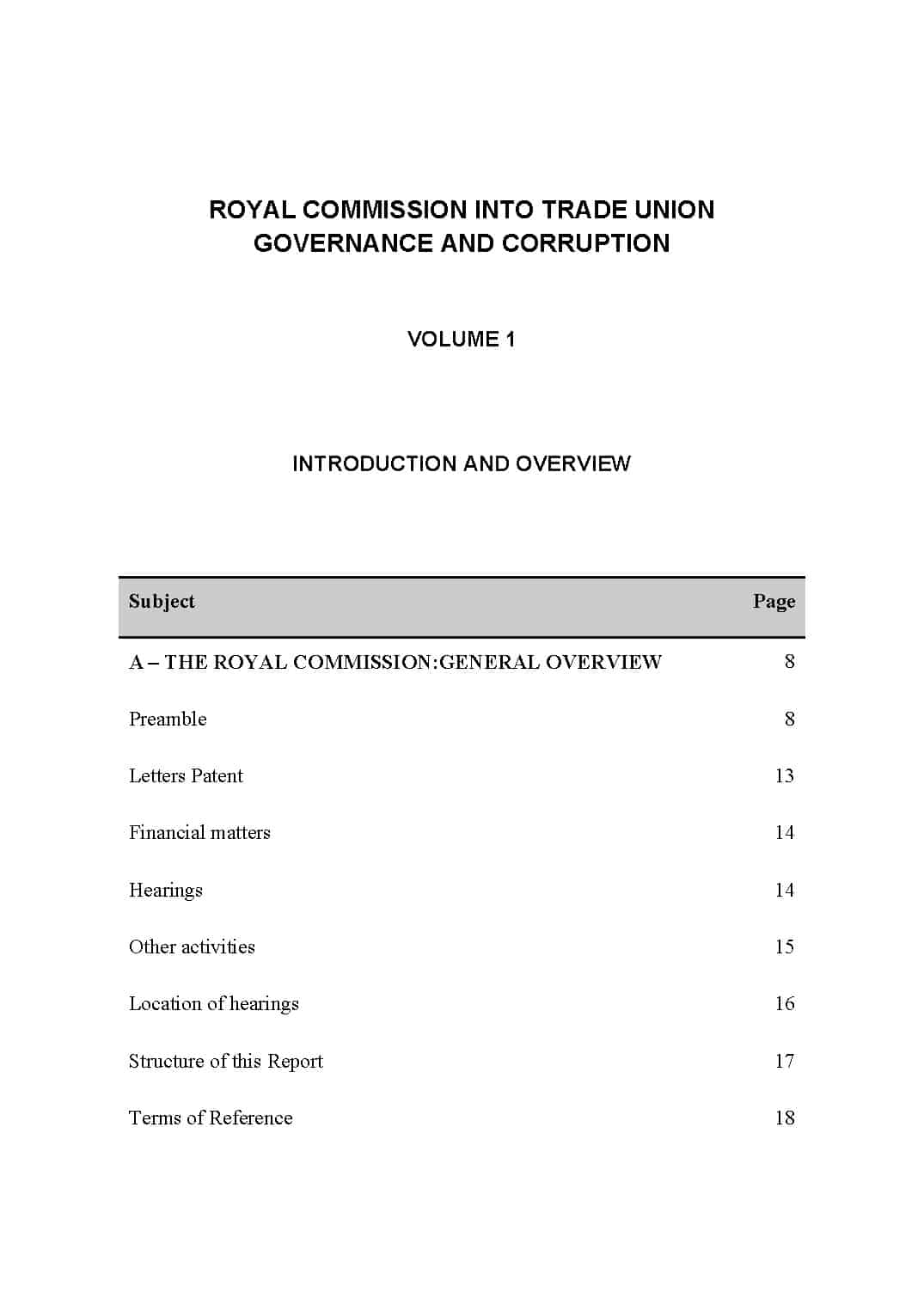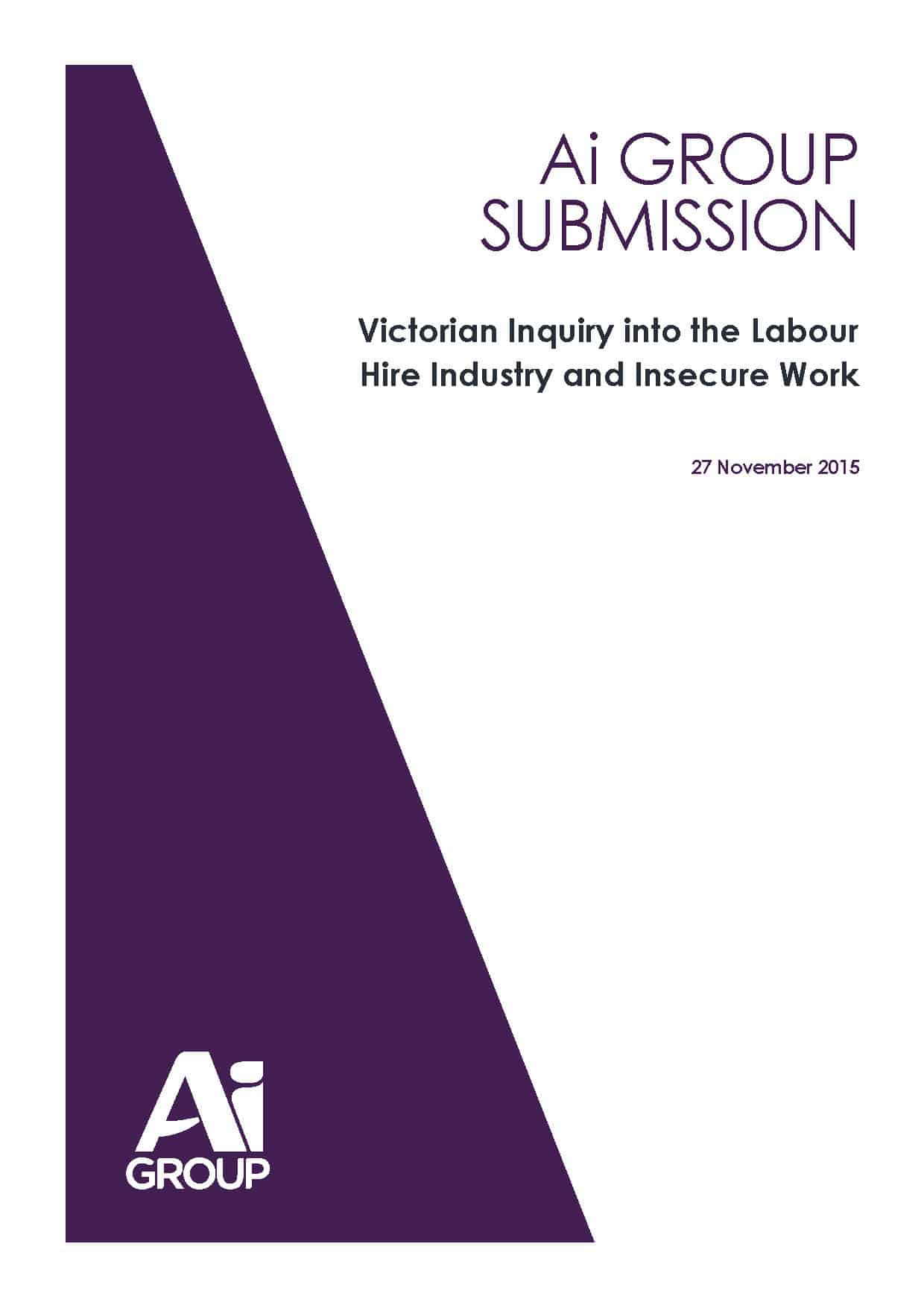The operation of the European Union is a mystery to everyone outside the EU and to most people in the EU. Any organisation that juggles the legislation of over 20 countries has a thankless task but some of the work being undertaken by occupational health and safety (OHS) advocates provides a clarity on power relationships between employers and workers. I never tire of reading articles and editorials by Laurent Vogel of the European Trade Union Institute. Below is an excerpt from his editorial in the Autumn-Winter 2015 edition of HesaMag: Continue reading “Can OHS achieve change in a neoliberal world?”
Category: ethics
Safety is the highest priority. Really?
Workplace safety can have a bizarre logic. A recent example can be seen in the continuing controversy about the deaths of two workers on a construction site in Western Australia.
In November 2015 two workers Joe McDermott and Gerard Bradley were crushed to death by a concrete slab while on a break at a Jaxon Construction site in East Perth. The Construction Forestry Mining and Energy Union (CFMEU) concerns about the site have been discussed on ABC television last week and on the union’s social media. WorkSafe WA is investigating.
Some of the statements by Kim Richardson, the construction director of the Master Builders Association of Western Australia (MBAWA) seem ill-timed but reflect many of the perspectives held by employers towards occupational health and safety (OHS).
Shortly after the the incident Richardson stated that
“All workers have the right to go to work and have the expectation and the right to come home safely,…. That did not happen.
There’s been a move to have a tremendous amount of paperwork where people will tick boxes to say they have a safe system in place. But that doesn’t guarantee safe systems of work. The way the work is performed is where the focus needs to be.”
Richardson’s complaints seem to be that
- occupational health and safety has too much paperwork
- the paperwork misrepresents the level of safety at the workplace
- greater attention should be given to how work is performed.
Few OHS professionals in Australia would argue these points but there are some uncomfortable implications in these complaints.
Trade Union Royal Commission shows exploitation of OHS
 In January 2015, this blog said of Australia’s Royal Commission into Trade Union Governance and Corruption (TURC):
In January 2015, this blog said of Australia’s Royal Commission into Trade Union Governance and Corruption (TURC):
“Workplace safety has not been the focus of this Royal Commission but it is one of its victims”.
The Royal Commission’s final report was released on 30 December 2015, and it is time to look at the mentions of occupational health and safety (OHS), at least in Volume 1, and see how processes, decisions and reporting in the safety sector may change.
Zero Harm is dead, long live ……whatever comes next
Zero Harm was an enormously popular motivational aim for OHS. It originated as a response in some large organisations where safety performance was plateauing and who felt that they had achieved as much as they could in redesigning work and improving physical safety. The plateauing led to frustration and a reassessment of safety practices. The remaining variable was seen to be the worker and so slogans were instigated to increase the care (or mindfulness) of workers.
However, this assessment seems to have taken the traditional, and shallow, approach. One variable is, of course the worker but the assessors failed to see that the organisational structure and operations were, or should be, variable too. In the words of the current Australian Prime Minister, Malcolm Turnbull, this variability, this adaptability, could lead to innovation, economic growth and increased sustainability.
The promotion of the zero harm approach to safety could be seen as a safety dead-end and an indication that organisations were fixed on only seeing the dead-end. Safety thinkers, and there are a few, offered ways out of the dead-end by thinking differently about what we know.
Look back at the OHS books of 2015
All professionals need to keep up with contemporary thinking and not only in their own discipline. Below is a list of the books that I have read and reviewed in 2015. This is followed by a list of the books still in my reading pile that I will get round to soon.
Books I have written about this year:
Workplace Bullying by Joseph Catanzariti and Keryl Egan
Job Quality in Australia edited by Angela Knox and Chris Warhurst
Master Work Health and Safety Guide 2nd Edition, CCH Wolter Klouwers
Ten Pathways to Death and Disaster – Learning from Fatal Incidents in Mines and Other High Hazard Workplaces by Michael Quinlan
Nightmare Pipeline Failures: Fantasy Planning, Black Swans and Integrity Management by Jan Hayes and Andrew Hopkins
Safe Design and Construction of Machinery – Regulation, Practice and Performance by Elizabeth Bluff Continue reading “Look back at the OHS books of 2015”
Submission on Labour Hire disappoints on OHS
 The public submission phase for the Victorian Government’s inquiry into labour hire and insecure work closed last week. Public hearings have occurred this week and will continue in February 2016. One industry association, the Australian Industry Group has released its submission. Its discussion of occupational health and safety (OHS) of labour hire workers and suppliers is very disappointing.
The public submission phase for the Victorian Government’s inquiry into labour hire and insecure work closed last week. Public hearings have occurred this week and will continue in February 2016. One industry association, the Australian Industry Group has released its submission. Its discussion of occupational health and safety (OHS) of labour hire workers and suppliers is very disappointing.
Representing Members
The AiGroup says, in its submission that
“The interests of both groups [labour hire companies and users of labour hire], as well as the interests of the broader community, are best protected by ensuring that a competitive market is maintained for the provision of labour hire services, and that impediments to competition are removed.” (page 4)
It could be argued that the competitive market has allowed unscrupulous labour hire suppliers to succeed as they have been offering the cheapest labour. These suppliers have succeeded, mostly, because there is a ready market for opportunities to maximise profit by reducing the legal rights of workers. A competitive market may help fix the problem but it is also a problem that it helped create. Continue reading “Submission on Labour Hire disappoints on OHS”
Golden Rule, ethics, leadership and workplace safety
 There is a legislative basis for occupational health and safety (OHS) but before the laws, there was morality and it is this morality to which most OHS professionals will refer when asked why they work in Safety. But I know no more about morality than anyone else. So what do I do in these situations? I get a book.
There is a legislative basis for occupational health and safety (OHS) but before the laws, there was morality and it is this morality to which most OHS professionals will refer when asked why they work in Safety. But I know no more about morality than anyone else. So what do I do in these situations? I get a book.
The book I chose was by
